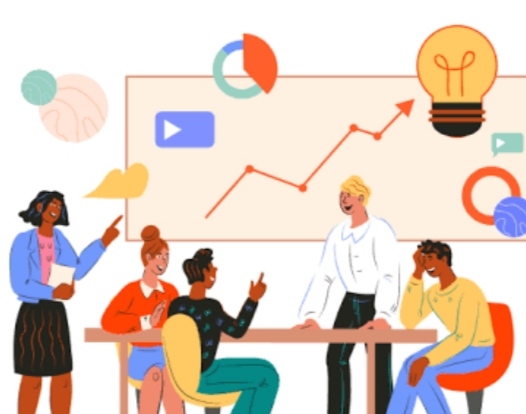Blended learning, often referred to as hybrid learning, is an innovative educational approach that combines traditional face-to-face teaching with online instruction. This fusion of pedagogical methods offers a flexible and effective learning experience, capitalizing on the strengths of both approaches.
In a blended learning model, students attend physical classes where they engage with instructors and peers, fostering interpersonal skills and a sense of community. These in-person sessions facilitate hands-on activities, discussions, and real-time feedback, which are particularly beneficial for complex subjects and skill-based courses.
Simultaneously, online components are integrated into the curriculum. These can take various forms, including pre-recorded lectures, interactive quizzes, discussion forums, and digital resources. Online elements provide students with the freedom to learn at their own pace, accommodating diverse learning styles and schedules. Furthermore, they encourage self-directed learning and digital literacy, valuable skills in today’s technology-driven world.
Blended learning is adaptable and can be customized to suit the needs of different courses and learners. It allows educators to leverage technology for personalized instruction, tailoring content to individual student proficiency levels. Additionally, it supports accessibility by accommodating students with disabilities through various digital tools and resources.
This approach also benefits institutions by optimizing resource allocation. Physical classroom spaces can be used more efficiently, and it can reduce the need for extensive campus facilities. Moreover, blended learning can accommodate larger student populations, making education more accessible.
In conclusion, blended learning is a dynamic educational model that combines the strengths of traditional and online teaching methods. It promotes interactive in-person learning while harnessing the flexibility and scalability of digital resources. As technology continues to advance, blended learning is poised to play a central role in shaping the future of education, fostering a holistic and adaptable learning experience for students of all ages




